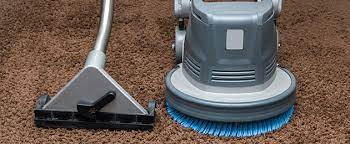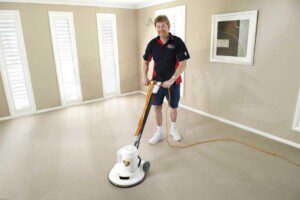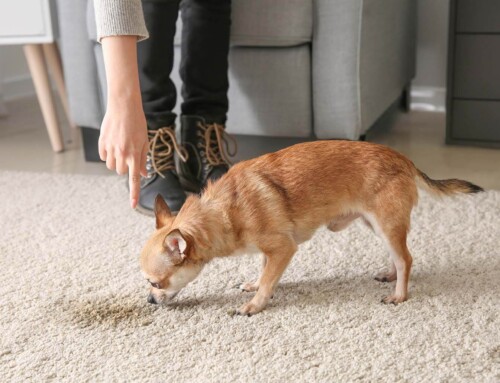Keeping clean carpets is crucial for your home’s overall style and maintaining a healthy living space. If carpets aren’t cleaned thoroughly and frequently, they can collect dust, allergies, and even bacteria. There are many methods available for cleaning carpets, each with pros and cons of their own. In this post, we’ll examine what method is best for carpet cleaning so you can choose the one that’s right for you.
Carpet Steam Cleaning
One of the most well-known and frequently employed techniques for cleaning carpets is hot water extraction, also referred to as steam cleaning. It includes spraying hot water and a cleaning agent onto the carpet fibres. A strong vacuum is then used to remove the dirt, debris, and stains loosened by this mixture. Carpets can be thoroughly cleaned with steam cleaning, and tough stains can be eliminated. Additionally, it removes bacteria and germs, making it a suitable option for homes with pets or allergy sufferers. However, steam cleaning takes longer to dry compared to other techniques, and if done incorrectly, it can result in over-wetting and possible carpet damage.
Dry Carpet Cleaning: Using specialised equipment or cleaning solutions, dry carpet cleaning removes dirt and grime from carpets without the use of water. This approach is frequently preferred for areas that need to be used immediately after cleaning or for carpets that cannot withstand much moisture. To remove dirt and stains from carpets, dry carpet cleaning involves applying a dry cleaning chemical to the carpet, which is then agitated and vacuumed. The carpets can be walked on almost immediately after cleaning because it is a fast process. Dry carpet cleaning, however, can not be as efficient as steam cleaning in removing stubborn stains or embedded dirt.
Bonnet cleaning is a surface cleaning technique frequently utilised in industrial settings. It entails using a rotary floor machine with a bonnet pad sprayed with a cleaning agent. The pad spins on the carpet’s surface while capturing dirt and debris. Bonnet washing can quickly remove surface dirt, which delivers excellent results. However, it cannot effectively remove stains seeping deep into the carpet fibres or provide deep cleaning. It is frequently employed as a maintenance cleaning technique between more extensive cleanings.
Shampooing: Shampooing is a more traditional carpet cleaning technique that entails saturating the carpet with a foamy shampoo solution. Foam is produced by agitating the solution with a brush or rotary machine, which aids in lifting stains and grime. After shampooing, the carpet is allowed to dry before being vacuumed to remove the shampoo residue. While shampooing can clean the carpet’s surface, deeper ingrained dirt and stains may not be as easily removed. It could leave a soapy film that attracts grime over time if not rinsed thoroughly.
Encapsulation: Encapsulation is a more recent carpet cleaning technique that uses artificial detergents that, after drying, crystallise into powder. These detergent crystals capture The dirt and debris, which are then swept away. The advantages of encapsulation include its short drying time and resistance to re-soiling. Compared to steam cleaning, it is a low-moisture technique that utilises less water, making it an excellent option for carpets that cannot withstand excessive moisture. Encapsulation might not be as efficient as steam cleaning in getting rid of stubborn stains or deeply ingrained dirt.
In conclusion, there are various carpet cleaning techniques that each have their advantages and disadvantages. The kind of carpet, amount of soiling, the number of stains, and personal preferences are just a few factors determining what method is best for carpet cleaning and the best carpet cleaning approach.








Leave A Comment